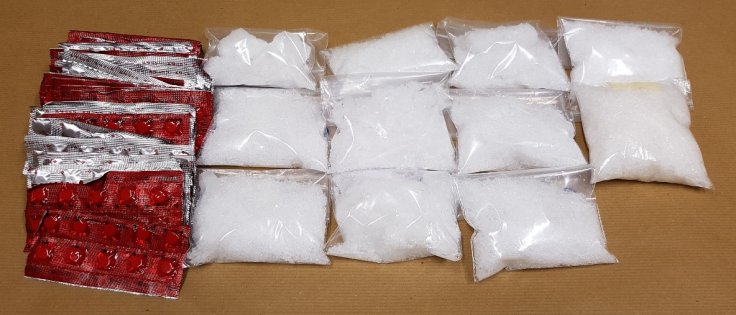
In a move to curb the increased threat of terrorism and smuggling, the Immigration and Checkpoints Authority (ICA) has set up two imaging scanners at the Tuas checkpoint. All the vans and buses should go through these scanners, and it will help officials to detect modified compartments and explosives.
Colin Tan, the Assistant Commissioner who heads the checkpoint revealed that the new process will begin in the second half of this year, and in the meantime, the officials will familiarise the new implementation to drivers.
An ICA spokesman said that this new move will play a crucial role in combating smuggling through the checkpoint. He added that despite continuous checks and raids, illicit smuggling through the checkpoint has not been ceased. The spokesman also made it clear that the new change will not extend the passenger's waiting time in the checkpoint.
The ICA spokesman revealed that clearances for both buses and vans will be conducted simultaneously so that the waiting time of passengers can be reduced.
Currently, Immigration and Checkpoints Authority officers used to check the entire bus manually when passengers get down for immigration checks. The new scanning process is expected to reduce a considerable amount of time which the officers spend for the checking process. It should be also noted that the X-ray scanning process will not pose any health risks to the drivers, as their compartment will not be canned but will be manually checked.
If the scanner finds an anomaly in the bus or van, officers will manually inspect that particular area. Apart from scanning the bus, passengers from now should have to go through a metal detector at the arrival hall before the beginning of the immigration process.
The ICA is also planning to set up scanning system in the Woodlands checkpoint too, but the constraints of space remain a major concern there.









